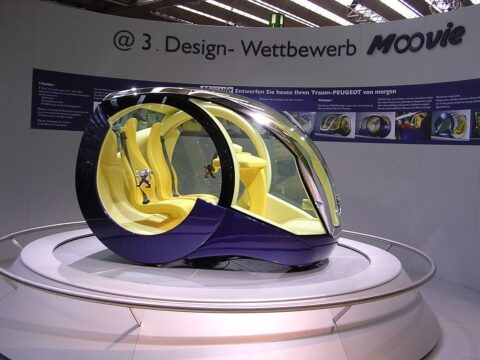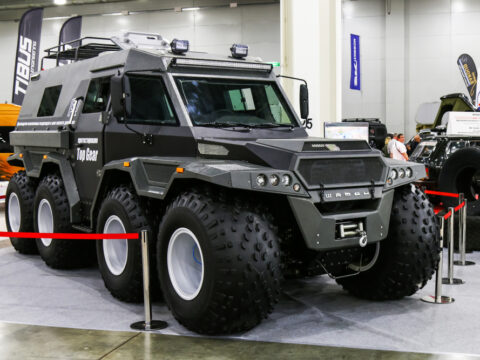In the quest for speed, efficiency, and cutting-edge design, aerodynamics plays a pivotal role in the automotive world. From the groundbreaking electric propulsion of the Tesla Model S to the race-track-ready contours of the Dodge Viper ACR, each vehicle on this list represents a unique fusion of form and function, shaped by the relentless pursuit of aerodynamic perfection. These cars are not just feats of engineering; they are sculpted by the forces of air themselves, demonstrating how American automakers have harnessed the wind to redefine the limits of automotive design and performance.
Contents
Tesla Model S (2012-present)
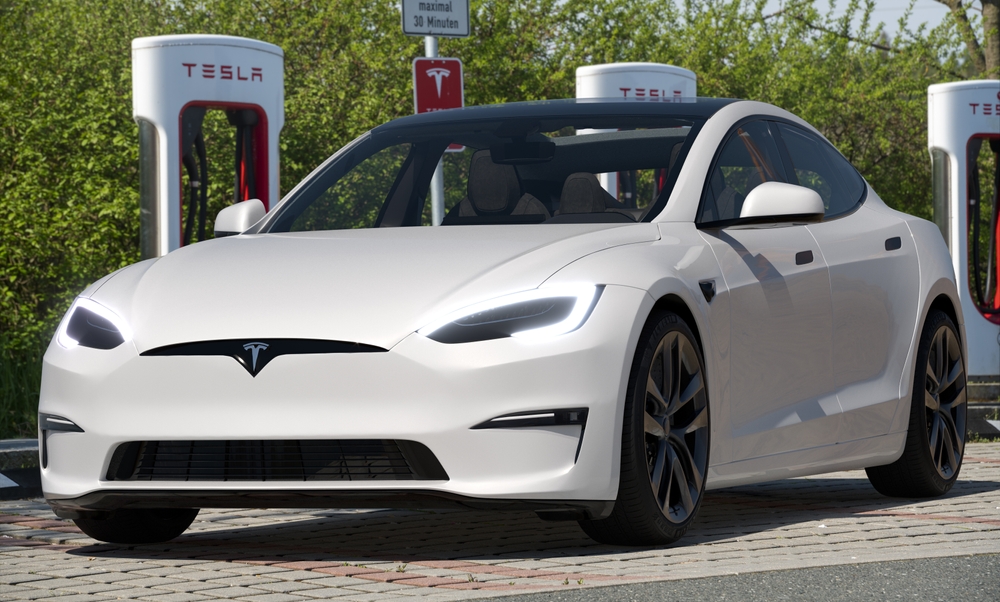
The Tesla Model S is renowned for its aerodynamic efficiency, boasting a drag coefficient as low as 0.208 in its 2021 Plaid model. This is achieved through its sleek, smooth design, flush door handles, and underbody panels that reduce air resistance. The car’s electric powertrain eliminates the need for large air intakes, further improving aerodynamics. Pricing for the Model S starts around $80,000, and it remains a popular choice for its blend of efficiency, performance, and design.
Chevrolet Corvette Stingray C8 (2020-present)

The 2020 Chevrolet Corvette Stingray C8 marks a significant aerodynamic evolution with its mid-engine design. The C8 features a low, sleek profile and active aerodynamics, including a rear spoiler and underbody panels that manage airflow for both cooling and stability. This results in a drag coefficient of around 0.29. The Corvette Stingray C8 starts at approximately $60,000.
Ford GT (2017-present)
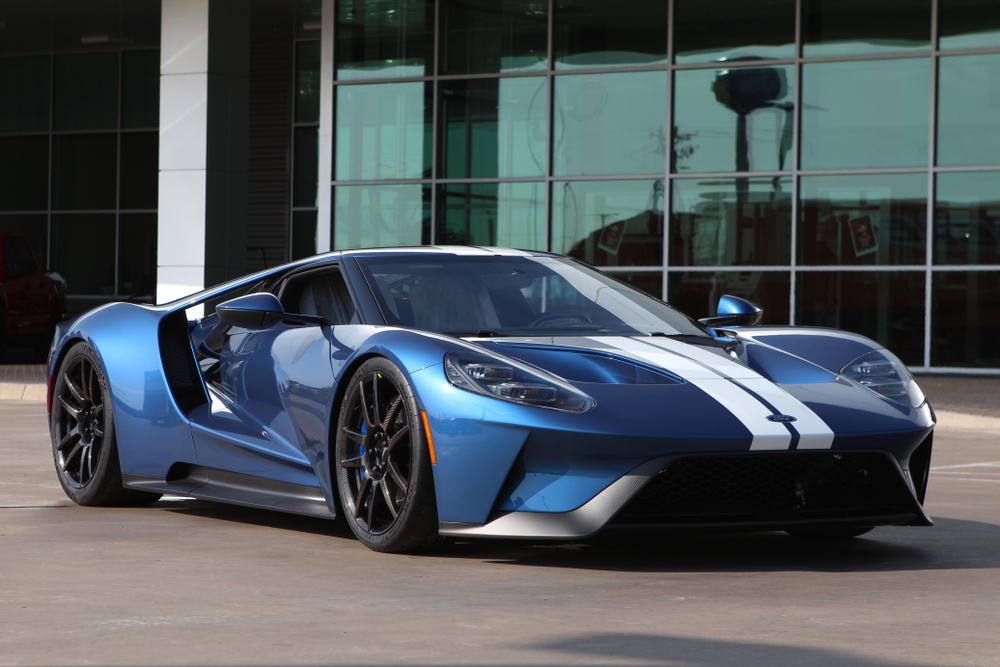
The Ford GT is designed with aerodynamics as a priority, featuring active elements like a deployable rear wing and a teardrop shape that channels air efficiently around the body. Its carbon-fiber construction also contributes to aerodynamic performance. With a drag coefficient of approximately 0.35, the GT is engineered for both speed and efficiency. The Ford GT is a limited-production vehicle, with prices starting at around $500,000.
Dodge Viper ACR (2016)
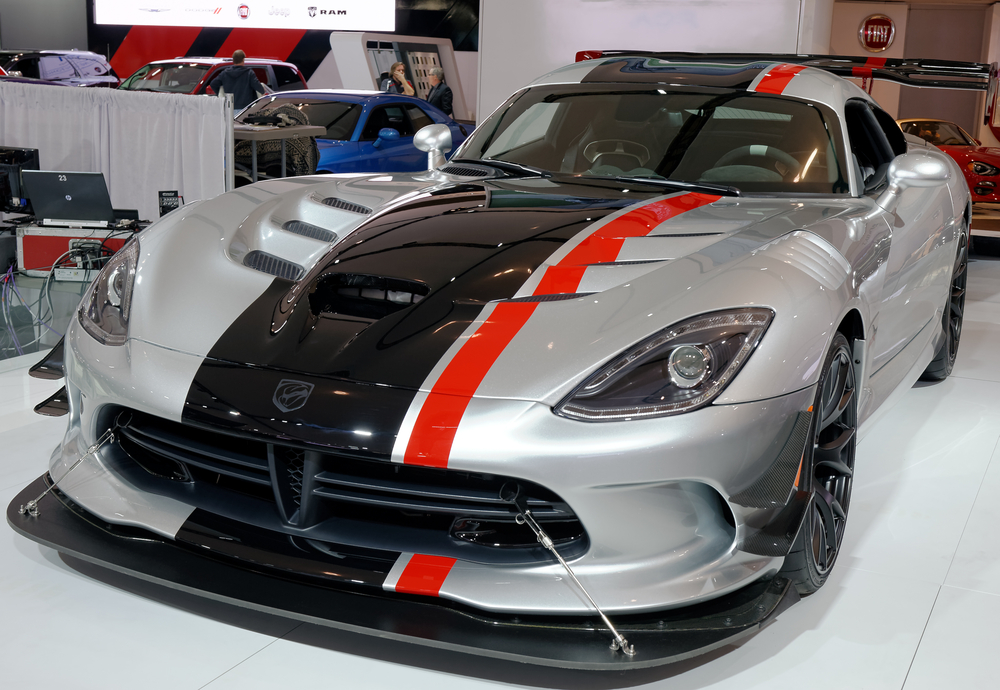
The 2016 Dodge Viper ACR (American Club Racer) is an aerodynamic marvel in the American sports car realm. It includes an extreme aero package featuring a massive adjustable dual-element rear wing, a carbon-fiber front splitter, and dive planes that produce significant downforce for track performance. The ACR’s drag coefficient is not officially stated but its aerodynamic enhancements focus more on downforce. Pricing was around $120,000 when new.
Cadillac ATS (2013-2019)
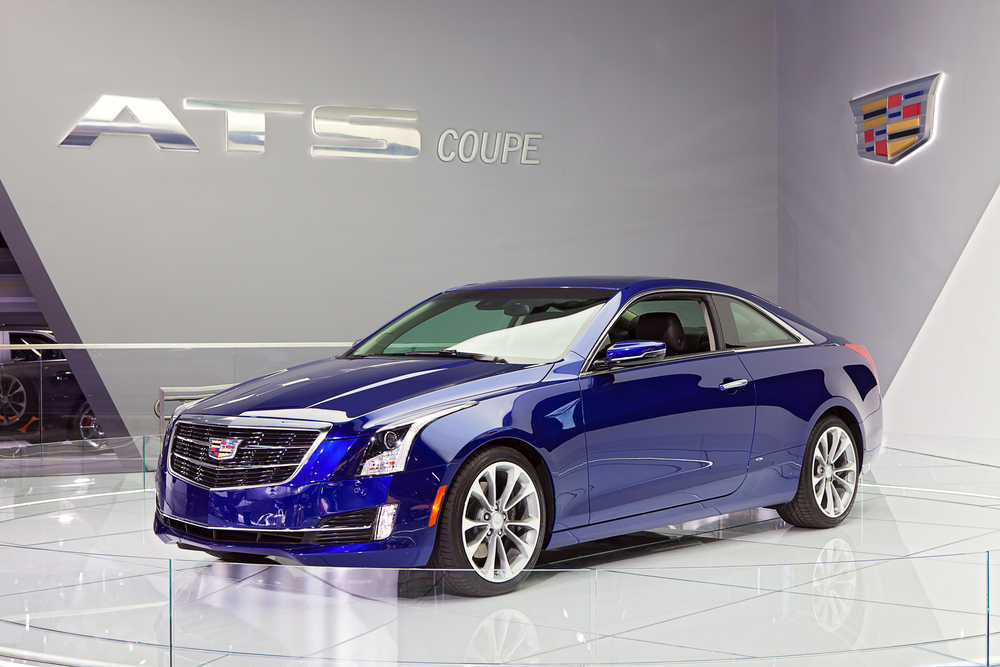
The Cadillac ATS, particularly in its coupe form, was designed with a focus on aerodynamic efficiency. Its sleek body, active grille shutters, and underbody aerodynamic enhancements contribute to a lower drag coefficient, aiding both performance and fuel efficiency. The ATS Coupe has a drag coefficient of around 0.29. Prices for the ATS started around $35,000 when new.
Chevrolet Camaro ZL1 1LE (2018-present)
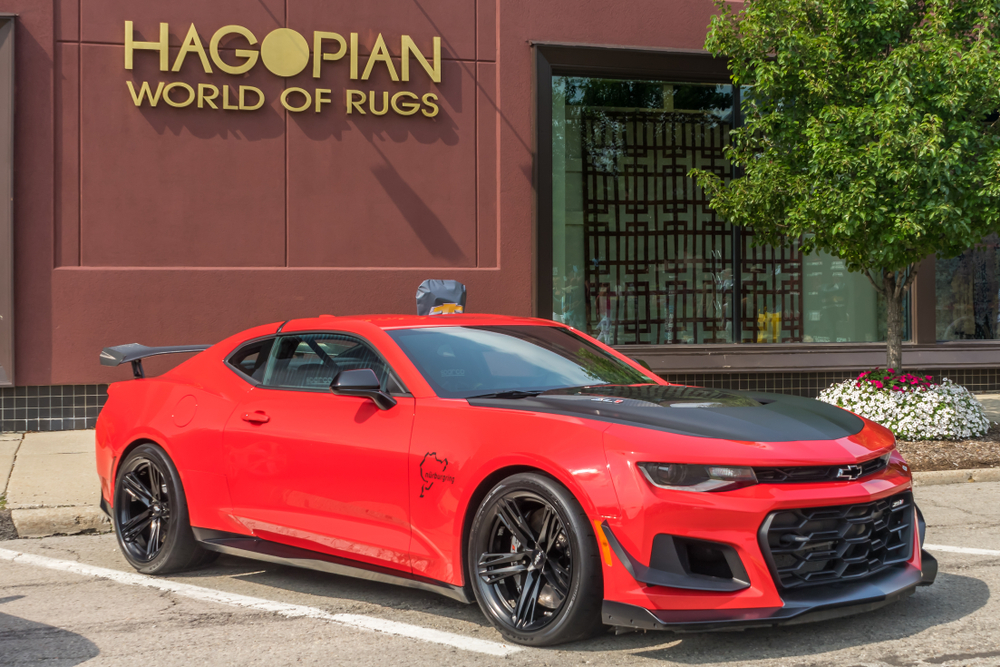
The Chevrolet Camaro ZL1 1LE is a high-performance version of the Camaro with significant aerodynamic enhancements. It includes features like a large carbon-fiber wing, air deflectors, and dive planes to optimize airflow and downforce. These features make it incredibly adept on racetracks. The ZL1 1LE starts around $70,000.
Tesla Model 3 (2017-present)
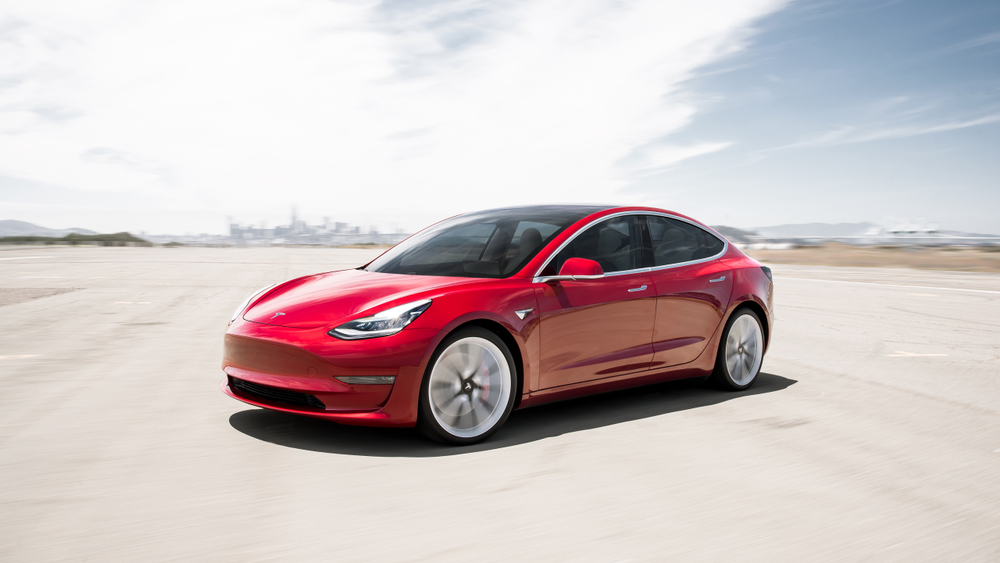
The Tesla Model 3 is another example of Tesla’s focus on aerodynamic design. It boasts a drag coefficient of 0.23, thanks to its smooth underbody, sleek silhouette, and minimalistic design. These features contribute to the vehicle’s range efficiency. Pricing for the Model 3 starts around $40,000.
Chrysler Airflow (1934-1937)

The Chrysler Airflow, produced in the 1930s, was one of the first American cars designed using aerodynamic principles. Its streamlined shape was innovative for its time and helped reduce air resistance, although it was not well-received by the market then. The Airflow’s design influenced future automotive aerodynamics.
General Motors EV1 (1996-1999)
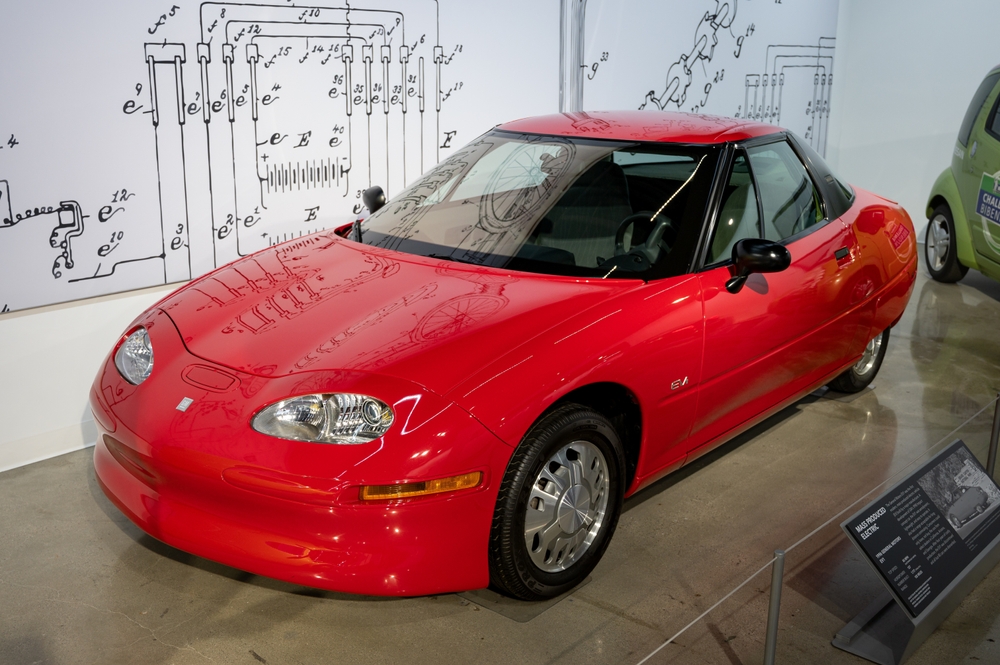
The GM EV1 was one of the first mass-produced electric vehicles and featured a highly aerodynamic design with a drag coefficient of 0.19. Its teardrop shape, wheel skirts, and smooth underbody were designed to minimize air resistance and maximize battery range. The EV1 was available through lease to customers in select areas and was not available for purchase.
Cadillac ELR (2014-2016)
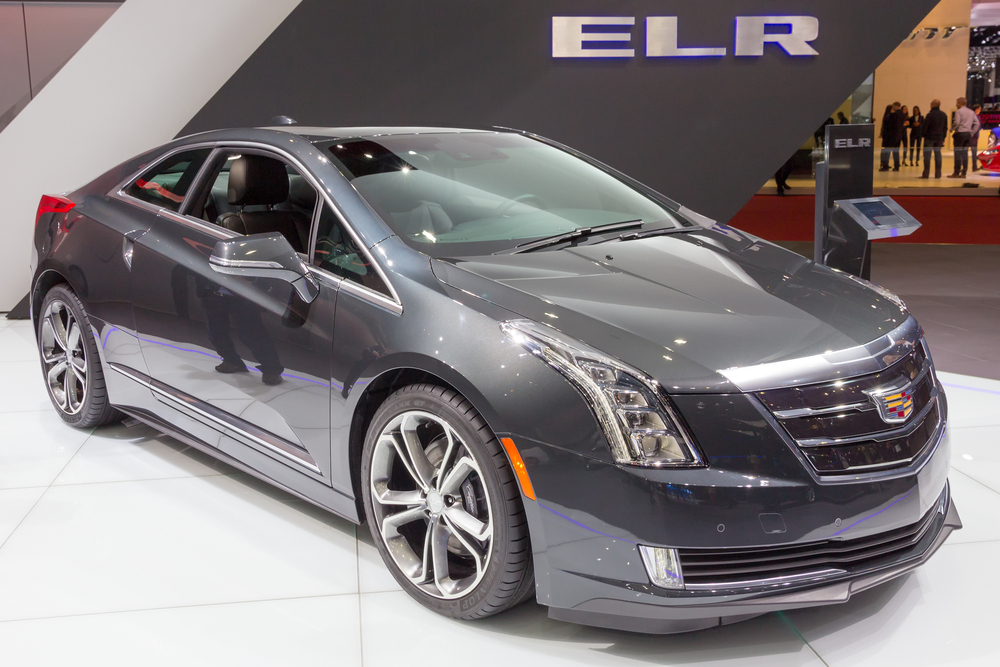
The Cadillac ELR, a luxury plug-in hybrid, combined stylish design with aerodynamic efficiency. Its sleek lines, active grille shutters, and aerodynamically optimized wheels helped achieve a lower drag coefficient, enhancing its electric range and fuel efficiency. The ELR had a drag coefficient of 0.305 and was priced starting around $75,000.
This article originally appeared on MyCarMakesNoise.
More from MyCarMakesNoise
14 Timeless Convertibles That Redefined Cool

Driving is not just a means to get from one place to another; for many, it’s an expression of freedom, a journey where the destination is secondary to the thrill of the ride. This sensation is elevated to its purest form in a convertible, where the roof peels back to reveal not just the sky but a whole new layer of driving enjoyment. Read More
25 Overlooked Vintage Cars That Deserve a Second Chance

In the world of classic automobiles, some vintage cars get all the attention while others remain largely overlooked. This list highlights 25 vintage cars that deserve a second look. Read More
15 Vintage Mustangs No Collector Wants

When it comes to classic cars, the Ford Mustang often stands out as an icon of American automotive history. However, not all Mustangs are created equal. While some vintage models have become highly sought-after collector’s items, others have faded into obscurity for various reasons. Read More


